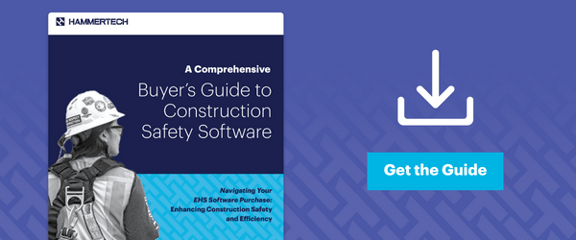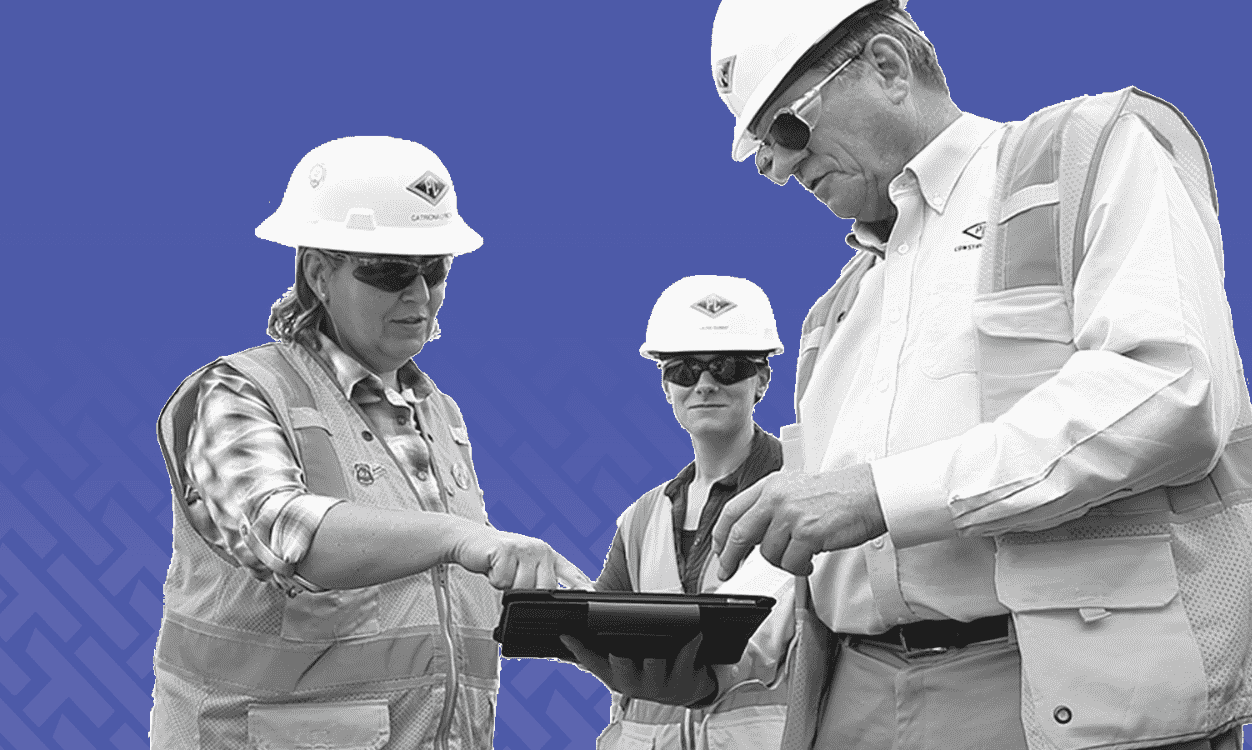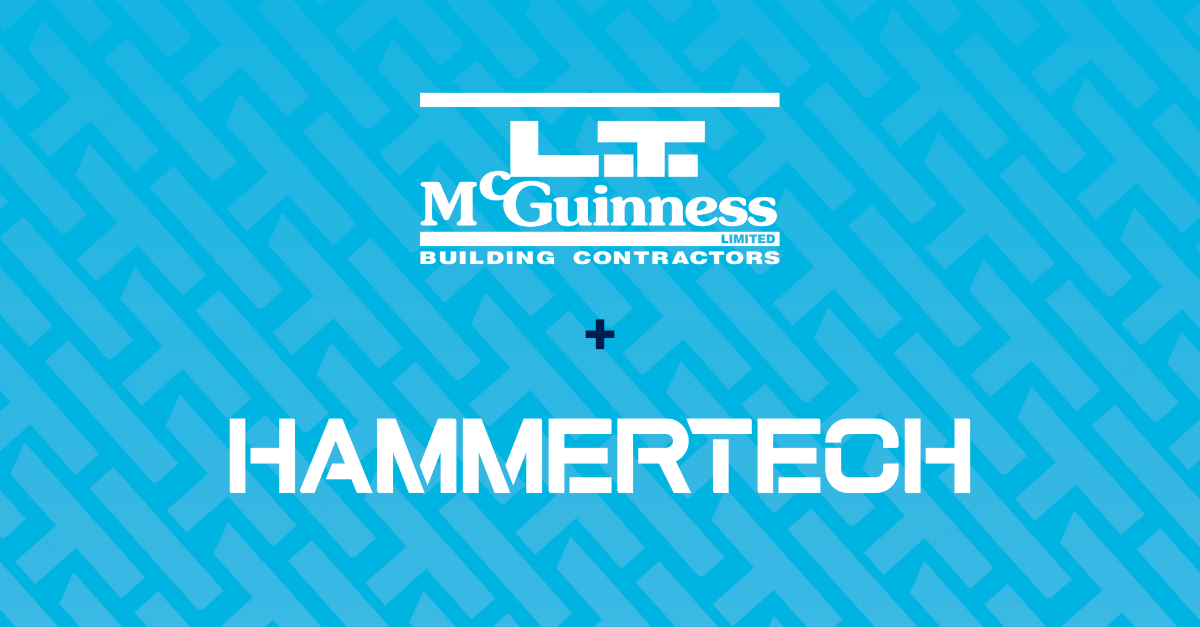Are you tired of drowning in paperwork and struggling to keep your construction site compliant with safety regulations?
Do you find yourself constantly chasing after employees to ensure they are up-to-date with their licenses and certifications?
Are you tired of dealing with the headaches and stress that come with trying to keep track of everything on paper?
If you answered yes to any of these questions, it’s time to consider implementing an EHS (Environmental, Health, and Safety) software platform. In today's world, it's becoming increasingly challenging to keep up with safety and compliance requirements manually. An EHS software platform is designed to streamline the administrative work, improve safety outcomes, and reduce risk, freeing up valuable time and resources for you to focus on other critical aspects of your construction projects.
Here, we’ll discuss the benefits of implementing an EHS software platform, the challenges that construction safety professionals face, and how an EHS software platform can help alleviate those challenges.
The Challenges of Ensuring Compliance
Ensuring compliance is a never-ending process. Even small construction companies have dozens of safety requirements they must meet, including worker training, safety equipment, and record-keeping. Without the proper tools, trying to stay on top of all these tasks can feel like an endless, uphill battle.
For many safety professionals, compliance management involves sifting through piles of paperwork, tracking down certificates, licenses, and other documentation, and manually entering the information into a spreadsheet. The process is not only time-consuming, but it also opens up the possibility of human error, which can lead to costly fines and legal liabilities.
The Benefits of Implementing an EHS Software Platform
Streamlined Administrative Tasks
An EHS software platform can streamline administrative tasks and automate many of the time-consuming processes that come with ensuring compliance. Instead of manual record-keeping and spreadsheets, all your data is stored in a centralized, secure system that is easily accessible and can be updated in real-time.
This means that safety professionals can focus on higher-level tasks, such as analyzing data and trends, instead of wasting time entering data and chasing down paperwork.
Real-Time Compliance Monitoring
One of the biggest advantages of an EHS software platform is that it can provide real-time monitoring of safety and compliance. The software can automatically track expiration dates of licenses, certifications, and safety training courses, and alert safety professionals when something needs to be renewed or updated.
This means that safety professionals can proactively stay on top of safety requirements and avoid fines or legal liabilities that come with expired certifications.
Improved Safety Outcomes
EHS software platforms can help improve safety outcomes on construction sites by providing valuable data and insights into safety incidents and trends. The software can track and analyze safety data, identify trends and patterns, and provide safety professionals with actionable insights into how to improve safety practices and prevent accidents before they occur.
Better Communication and Collaboration
An EHS software platform can also improve communication and collaboration among construction team members, safety professionals, and other stakeholders. The software can facilitate the sharing of safety data, allow for real-time communication, and improve coordination among team members, resulting in better safety outcomes for everyone.
Time and Cost Savings
Implementing an EHS software platform can also result in significant time and cost savings for construction companies. By streamlining administrative tasks and automating compliance monitoring, safety professionals can focus on higher-level tasks, such as analyzing data and trends, instead of wasting time chasing down paperwork.
This can result in significant cost savings by reducing the number of man-hours needed to ensure compliance, and by reducing the risk of costly fines and legal liabilities that come with non-compliance.
Access Our Comprehensive Buyer's Guide
If you're overwhelmed with paperwork and struggling to stay compliant with regulations, considering the implementation of an EHS software platform is a crucial step. Our comprehensive and downloadable buyer's guide offers a wealth of information about the features and benefits of an EHS platform, which can help construction safety professionals keep up with safety and compliance requirements while saving time and money.
Time for a Change: Embrace EHS Software
The challenges of ensuring compliance in the construction industry are numerous and can be daunting for safety professionals. However, by implementing an EHS software platform, construction companies can streamline administrative tasks, improve safety outcomes, and reduce risk. An EHS software platform can automate many of the time-consuming processes that come with ensuring compliance, freeing up valuable time and resources for safety professionals to focus on other critical aspects of construction projects.
More and more construction companies are turning to EHS software platforms to ensure compliance and improve safety outcomes. If you're ready to make the transition from manual compliance management to a digital platform, download our comprehensive buyer's guide. Our team of experts has curated this guide to help you identify the right platform for your needs. Make the switch today – your safety outcomes and bottom line will thank you.



.png)



